Do Mothballs Keep Cats Away for Good?
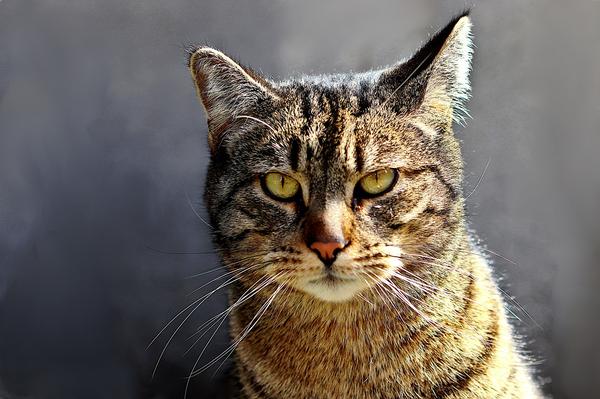
Fellow cat-deterrent enthusiasts!
Wanna know if moth balls can really keep those pesky cats away from your precious belongings?
Well, hold onto your catnip, because I've got some info that might just blow your mind. 🧐
I know what you're thinking:
"Can something as simple as moth balls really do the trick?"
Trust me, I get it.
We've all been there, desperate to protect our valuable possessions from those sneaky feline intruders.
But fear not, my friend.
I've got the inside scoop on this mysterious moth ball magic.
Curious to find out more?
Let's dive in, shall we?
Can Mothballs Deter Cats?
While some cats may be deterred by the strong smell of mothballs, not all felines will have the same reaction. You must monitor your cat closely if using mothballs as a deterrent, as they can be harmful to both cats and plants. Consider alternative methods as well.
Mothballs and cats, what an interesting combination.
The smell of mothballs may not agree with some cats, considering their sensitive noses.
You know how picky these furballs can be.
The strong odor might just keep them away.
But remember, not all cats will respond the same way.
Cats are known for their curiosity.
So, it's possible that for some felines, mothballs might actually attract them.
They'll be like, "Hmm, what's this intriguing scent?" And you know they won't rest until they've investigated it thoroughly.
If you're thinking about using mothballs as a deterrent, make sure to keep a close watch on your adorable ball of fluff.
We don't want any unexpected surprises!
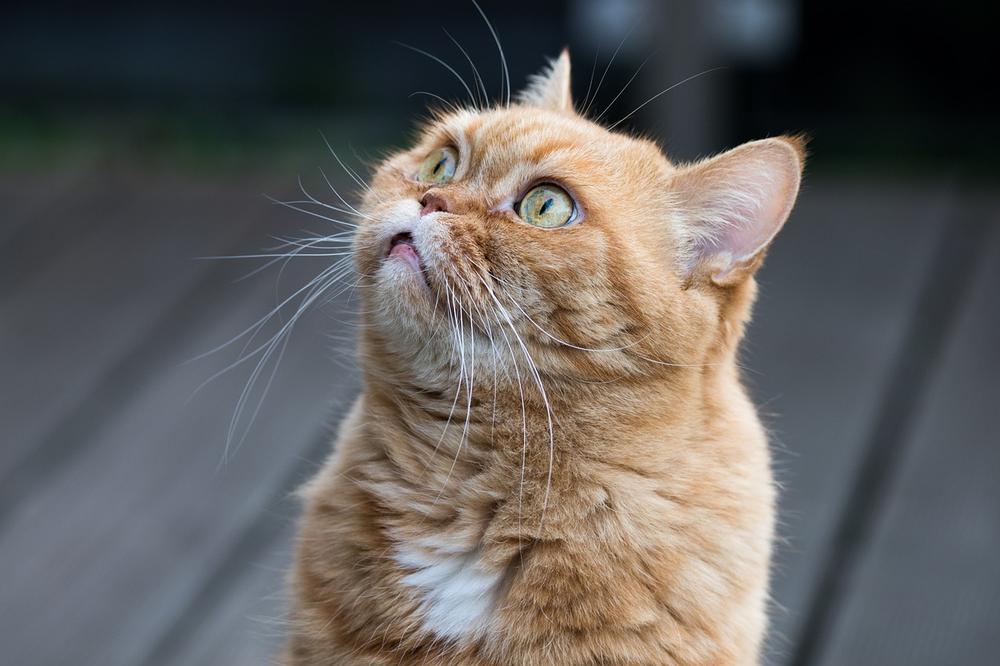
But here's something critical to consider- moths balls aren't only harmful to cats, they can also wreak havoc on your beloved plants.
Those little chemical spheres release their contents into the soil and get absorbed by plant roots.
Now, that's definitely bad news for your garden, right?
Now, if you're determined to give mothballs a try, you could strategically place them in areas where you want those pesky cats to avoid.
However, please keep in mind that cats have a sense of smell that is 14 times more powerful than ours humans. So, it's not guaranteed to be foolproof.
But hey, why rely solely on mothballs when there are plenty of other effective ways to deter cats?
Give it a shot and see what works best for you and your furry friends.
After all, finding the perfect solution is half the fun!
Main points I'll expand upon further down this article:
- Mothballs are highly toxic to cats and can cause severe damage.
- Mothballs also have harmful effects on other animals, birds, and humans.
- Using mothballs outdoors poses risks, especially if there are young children present.
- Ingesting mothballs can lead to serious health issues and require immediate veterinary assistance.
- Mothballs can harm the environment by contaminating soil and impacting plant health.
- Certain countries have banned the use of mothballs due to environmental hazards.
- Mothballs are ineffective and impractical as a cat repellent.
- There are safe and organic alternatives to using moth balls as cat repellent.
- DIY cat repellents include vinegar and water, lavender bushes, citrus fruit juice or peels, and motion-activated sprinklers.
- Commercial cat repellents made from natural ingredients are available as non-toxic options.
Now, you may be thinking, What about alternative cat repellents that are safe and effective?
Is there a better way to keep those pesky felines out of my garden?
Well, the good news is that there are indeed other methods worth exploring.
So, let's dive into some cat deterrents that can work wonders without risking harm to your furry friends or the environment...
The Dangers of Using Moth Balls as Cat Repellent?
Let me start by saying that using moth balls as a cat repellent might seem like a good idea, but trust me, it's not worth it.
You may think they would work, but let me tell you about the dangers involved.
Here's the thing:
Moth balls contain chemicals like naphthalene, which can be harmful to both cats and humans.
These chemicals can cause serious damage to their kidneys and liver, and that's no laughing matter.
If your beloved pet ingests or breathes in those tiny toxic balls, immediate veterinary assistance is necessary.
So please, keep moth balls away from your cats.
But it's not just cats you should worry about.
Moth ball toxicity can affect other animals and even birds too.
Listen up if you have young children running around – scattering moth balls in your yard is a big mistake. Those little ones are naturally curious, and moth balls can harm them as well.
When you want to repel cats, safety needs to be your top priority.
You should always put your feline friend first, along with all the other critters roaming around.
Oh, and here's something you may not know:
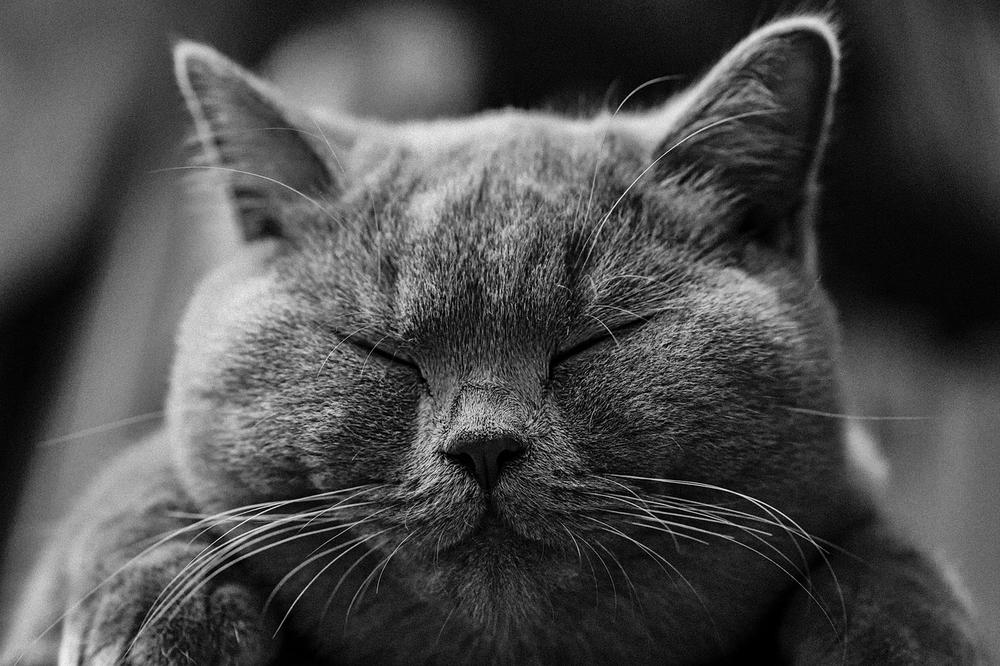
Moth balls can wreak havoc on your plants and soil.
Just imagine using them near your precious garden – not only would it contaminate the soil, but it could also harm your beloved plants.
Believe me, nobody wants that!
In fact, some countries have actually banned moth balls because of the harm they cause to the environment.
It's a powerful statement, my friend. So when it comes down to it, using moth balls to deter cats?
It's ineffective and impractical.
Plus, if you don't follow the label instructions, it could even get you into legal trouble.
Do yourself a favor and find a safer alternative for both you and your feline friend.
Trust me, there are plenty out there!
But here's the real kicker...
Even with a container that has holes, mothballs emit chemical vapors that can be harmful when inhaled.
The health risks are too great to ignore.
So what's the alternative?
Stay tuned for the safer and more effective methods coming up next...
Can You Use Moth Balls in a Container With Holes in It?
Using containers with holes for mothballs can be dangerous.
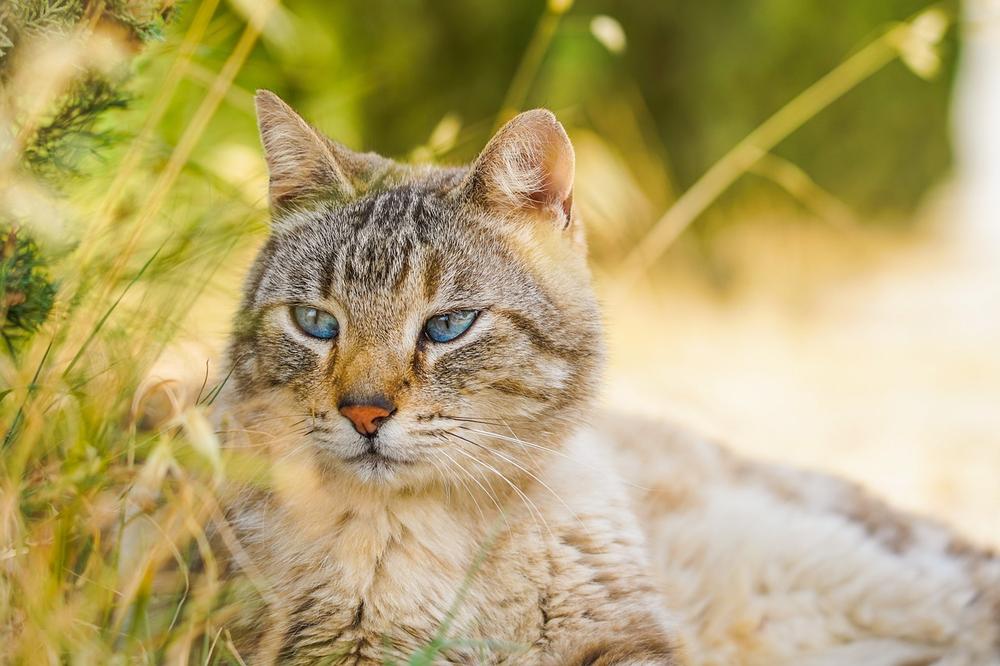
Even though the container allows airflow, the chemical vapors emitted by mothballs could harm your health if inhaled. To protect yourself, you should avoid using containers with holes that increase the risk of breathing in these harmful fumes.
What Are the Alternatives to Moth Balls for Cat Repellent?
When it comes to cat repellent, moth balls may not be the best option.
However, fear not...
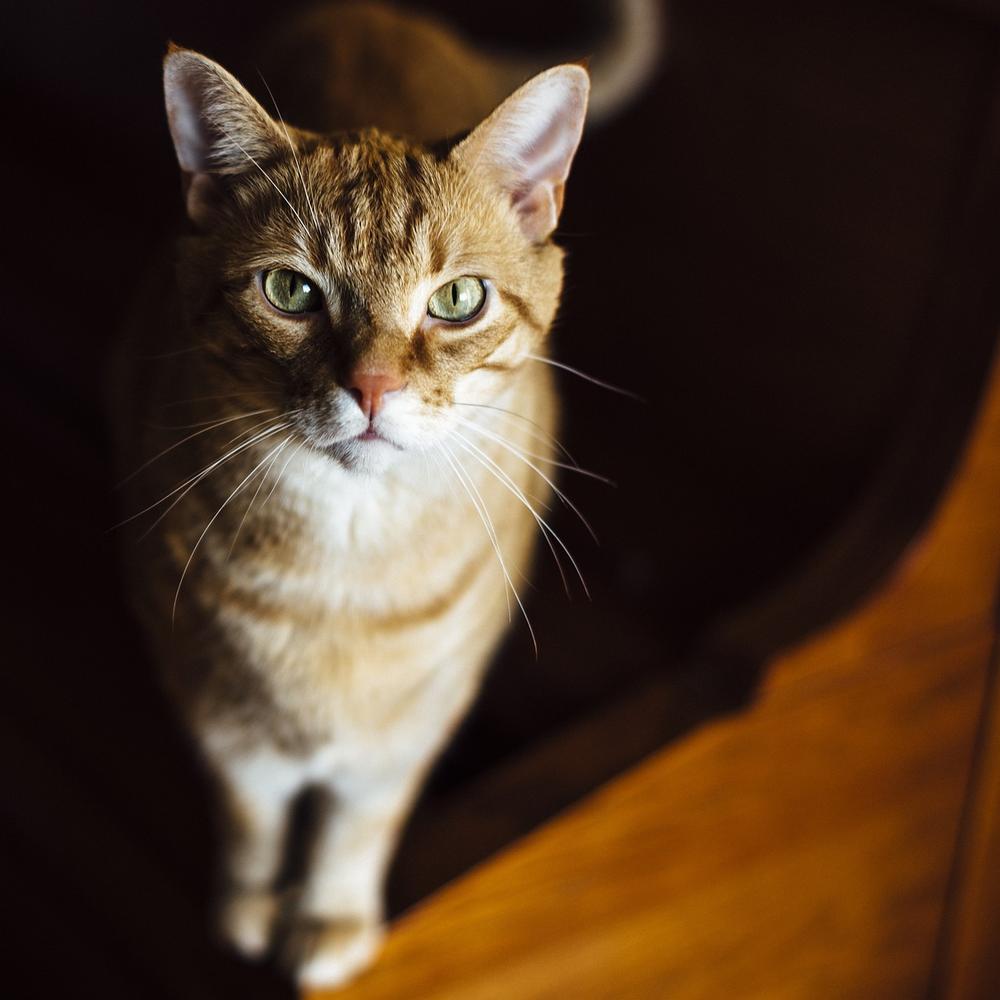
There are plenty of alternatives available that are both effective and safe:
- DIY cat repellents: You can make your own mixtures using vinegar and water, or even try planting lavender bushes or using wet coffee grounds.
- Citrus fruit power: Cats hate the smell of citrus fruits, so you can use citrus juice or peels as a deterrent. Refreshing and effective! 😺
- Motion-activated sprinklers: These nifty devices keep cats away by spraying water when they approach. It's like having a personal security guard for your garden!
- Wire fences with mesh covers: Want to protect specific areas like your vegetable garden? These wire fences with mesh covers do the trick.
- Garlic and spices: Cats also don't like the strong smell of garlic and spices like pepper or cinnamon. A sprinkle here and there will keep them away.
- Skat mats with rubber spikes: These mats have rubber spikes that make it uncomfortable for cats to walk on. Sneaky but effective!
- Essential oils: Lavender, eucalyptus, and citronella essential oils create smells that cats find unpleasant. It's aromatherapy for humans, but a deterrent for cats.
- Non-toxic alternatives: If you prefer natural and safe options, try using citrus peels, vinegar, or chili powder. They work wonders without harming our furry friends or the environment.
With these alternatives, you can keep cats at bay without resorting to moth balls.
And if you're wondering about an alternative that is both natural and intriguing, look no further.
In my article Do Used Tea Bags Keep Cats Away, I uncover a surprising method to deter feline intruders from gardens.
Intrigued? Check it out!
And that wraps up today's article.
If you wish to read more of my useful articles, I recommend you check out some of these: Can Two Pregnant Cats Live Together, Cat Humps Toys, Stray Cat Follows You, Why Does My Cat Sit in the Bathtub, and Why Do Cats Knock Over Their Food Bowls
Talk soon,
-Sarah Davis